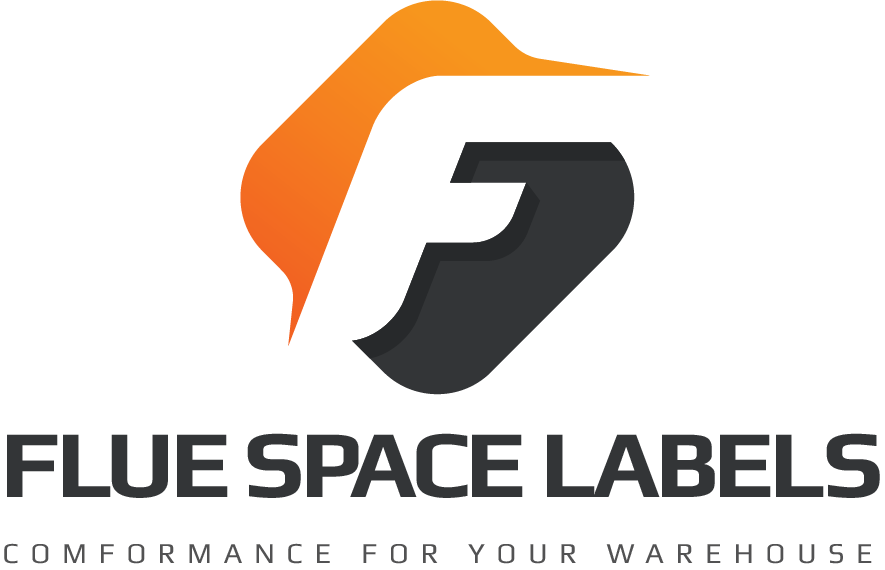High Pile Storage Permits - Why they are needed
When it comes to High Pile Storage in a warehouse, it is complicated to understand what is required by your local ordinance. For you to understand your product’s classification, it is best if you consult with a High Pile Storage Consultant so they can walk you through the process, identify your products and give you advice on your requirements.
When areas of high pile storage exceed 500 square feet, the fire department requires a high pile storage permit.
Since High Pile Storage areas can present a more significant challenge to control, the fire department requires companies to comply with additional regulations when they wish to store in a high piled storage layout.
These regulations include the provision of both transverse and longitudinal flue spaces, smoke vents, exit doors, access doors, fire department access doors, and adequate sprinkler systems.
High Pile Storage permits and building permits demonstrate how the storage layout in a warehouse complies with the California Fire Code, California Building Code, and NFPA 13: Standard for the Installation of Sprinkler Systems and any additional local requirements from the authority having jurisdiction. Most counties in Southern California now require you to have flue space labels for you to get a sign off on your High Pile Storage Permit.



Use the following flow chart to determine whether you have High Pile Storage products that require review approval by your jurisdiction via a plan submittal. To qualify, the answer to each of the three questions in the gray boxes must be “yes.”
Request A Quote
Resource Links
1. Is any part of the commodity, including its packaging or pallet, combustible
An example of non-combustible commodity storage would be metal engine parts stored directly on metal skids, metal parts on wood pallets or stored in cardboard boxes or plastic bins/bags are considered combustible because of the pallets or packaging.
2. Is the storage height greater than 12 ft. for ordinary combustibles and/or greater than 6 ft. for high-hazard combustibles?
- Your Storage height is measured to the top of the commodity, not the rack or shelf the product is placed. The stated maximum storage height needs to be within reason relative to a rack or shelf heights; for example, if you propose 18 ft. Racking/shelvings but storage are stated to be kept to 12 ft. with no physical means to limit storage height; your HPS needs review.
- Ordinary combustibles include, but are not limited to: wood and paper products; natural and synthetic fabric/clothing (other than rayon); food products; Level 1 or 2 aerosols; water-based paint in plastic containers or oil-based paint; wood or metal furniture with combustible components (padding, upholstery); and similar products.
- High-hazard combustible commodities include, but are not limited to: plastic; rubber, foam rubber, and foam plastic; tires; storage of idle pallets; Level 3 aerosols; lacquers and solvents; flammable or combustible liquids; rayon fabric/clothing; mattresses; and similar products and materials.
- Any combustible storage above or below high-hazard combustibles is considered as part of the high-hazard flammable storage overall height
3. Is the aggregate HPS area greater than 500 sq. ft.?
- HPS area definition: An area within a building that is designated, intended, proposed, or used for high-piled combustible storage.
- Aggregate area for rack storage shall include:
- The “footprint” of the actual HPS rack storage array, inclusive of aisles within the storage area(s). When less than 15-foot spaces separate individual storage arrays, the spaces shall be considered aisles and shall be included in a single storage area footprint. When more than 15-foot spaces separate different storage arrays, the individual ranges shall be regarded as separate storage areas with their footprint calculation.
- A 48-inch perimeter aisle calculated in the footprint. This additional perimeter aisle is not required for areas that abut a wall. The walkway is the space that parallels the rack and does not include open space along the end of the frame.
- Aggregate area for palletized, solid-piled, and shelf storages all include:
- the “footprint” of each palletized, solid-piled and shelf storage array, non-inclusive of aisles.

